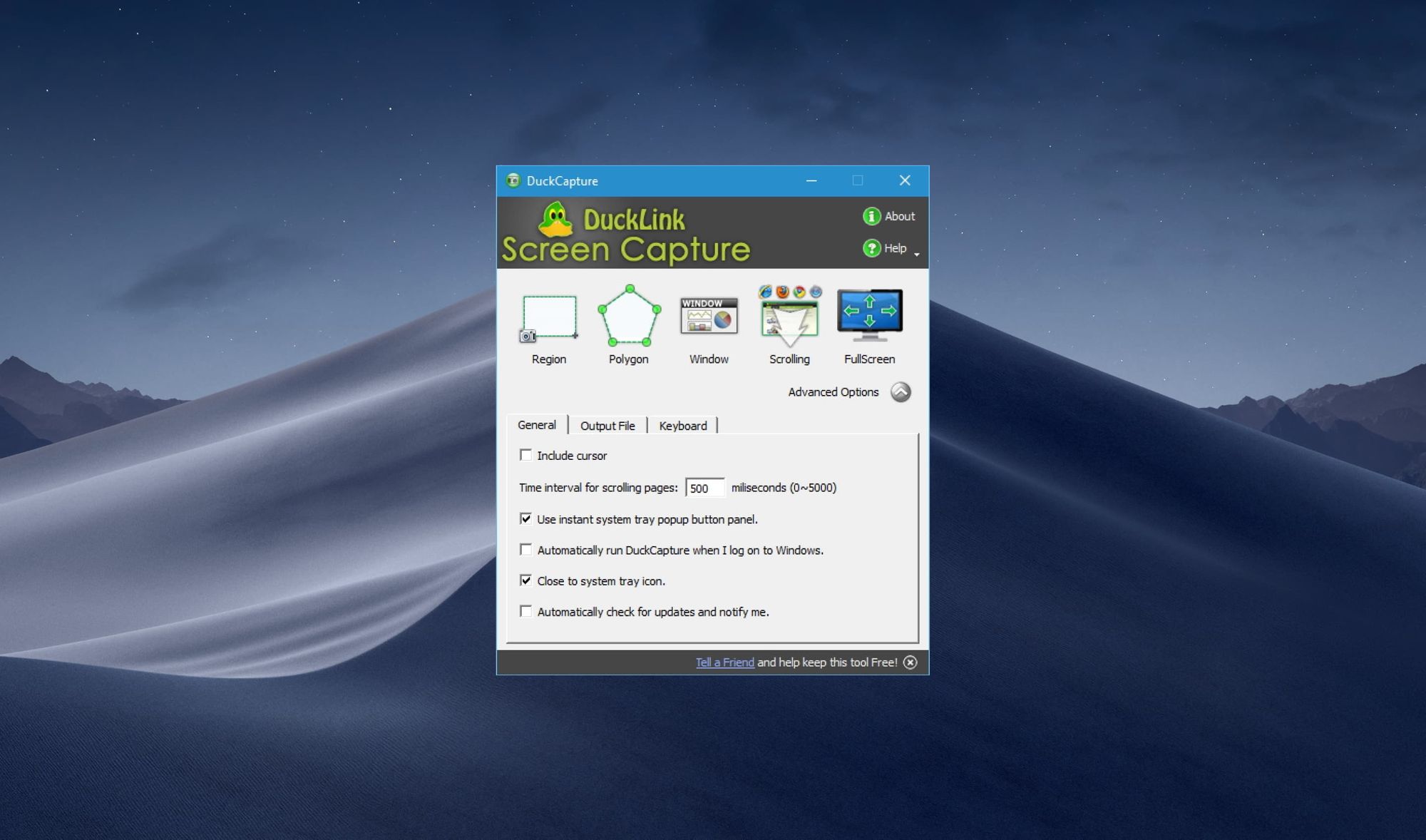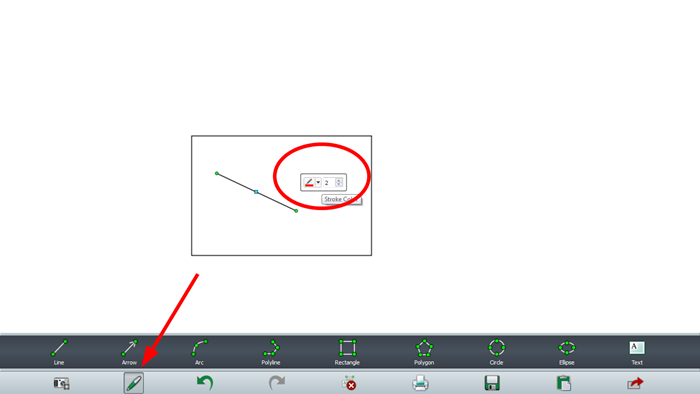

In other words, rather than increasing the length of the indicator during scroll, I only want to increase the length when a certain section of the page has been reached.

I want to do something similar, but to indicate scrolled sections rather than capture continuous scrolling. Take this ingenious horizontal scrollbar with CSS, for instance. But what if we could accomplish something that only uses CSS? That’s because there simply aren’t that many native features available to do it. Scroll-based features tend to involve some bespoke concoction of CSS and JavaScript.
Duckcapture the content changed during scrolling how to#
In fact, the popular “there is no fold” saying comes from the idea that people know how to scroll and there is no arbitrary line that people don’t go under. That’s probably why we don’t put too much thought into designing the scrolling experience - it’s a well-known basic function. There are probably a bunch of ways we can create a cover on the article that sticky elements can pass and hide under on a page - I went with a background-image.Scrolling is something we all know and do on the web to the extent that it’s an expectation or perhaps even a habit, like brushing our teeth. All that’s left is to create a cover and some space for the elements to come in and leave as the page scrolls. They’re already doing what they need to do: stick to the screen. I’m not doing much to the sticky elements, except styling them. Position: -webkit-sticky /* Required for Safari */ footer elements will get position:sticky along with a placement property saying where on the screen they’ll start “sticking” when scrolled.category, Here’s the HTML we’re working with… basically two articles: The third element is a footer that slides out of the article and is revealed when the article is scrolled above a certain threshold.The second is the title of the article and it stays visible at the top of the screen, while the body of the content disappears behind it on scroll (which is the typical sticky element behavior).The first one is the category header that slides under the body of the article once it reaches the top of the screen.There are three sticky elements in our example: See the Pen Slide In and Out Effect using “position:sticky” by Preethi Sam ( on CodePen. Well, guess what? We can do that with sticky elements! For example, a header that slides out and a footer that slides in: Say we want to create an effect where elements either slide in or out of view on scroll - sort of like parallax. See the Pen position:sticky (CSS) by CSS-Tricks ( on CodePen. Compare sticky example above with this one that uses the same concept using a fixed element instead: The difference? A sticky element remains confined to the parent container it is in. Sticky elements ( position: sticky ) are very similar to fixed elements ( position: fixed ) in that they both maintain their position on the screen, even as the user scrolls up or down the page.

See the Pen position:sticky (CSS) by Preethi Sam ( on CodePen. As cool as that is, we can also hide elements in the same way! Sticky elements are predominantly used for keeping something shown on the screen throughout scrolling.


 0 kommentar(er)
0 kommentar(er)
